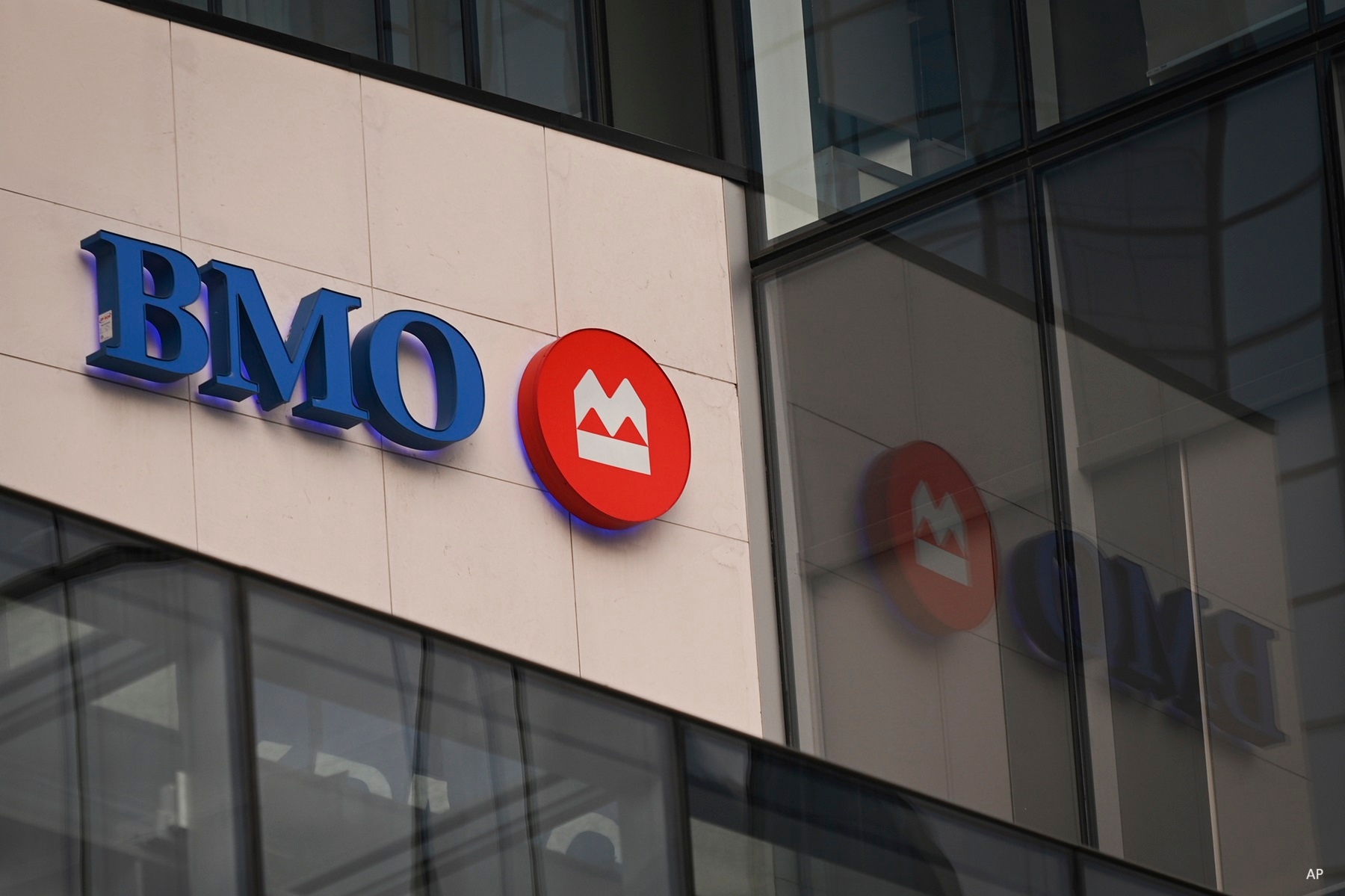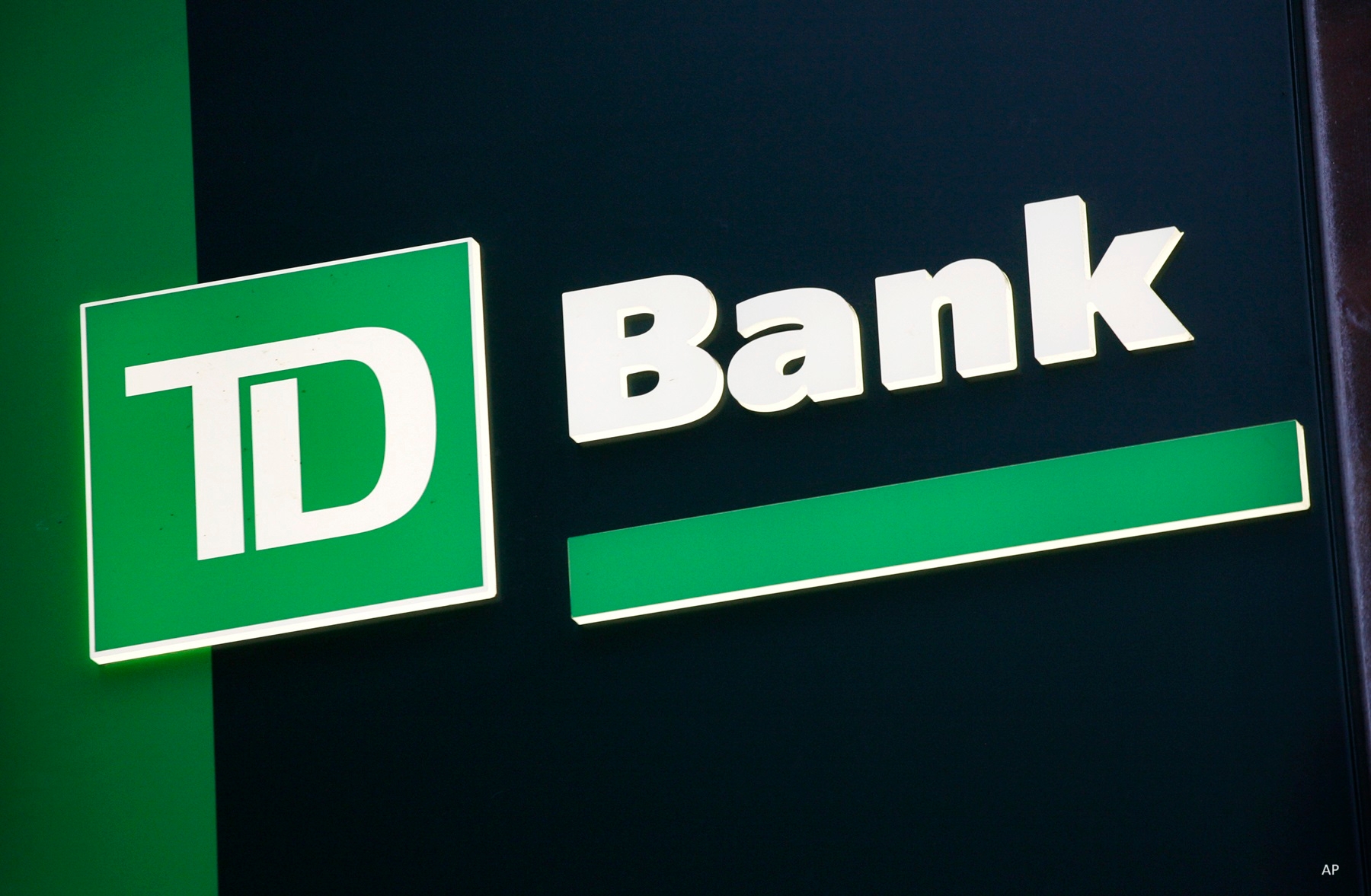Ruth Saldanha: The last of the six major Canadian banks finished declaring earnings and all in all Bay Street believes that the reports were good. What can you expect from the banks going ahead? Morningstar Equity Analyst, Eric Crompton joins us with his thoughts. Eric, thanks so much for joining us today.
Eric Crompton: Thanks so much for having me.
Saldanha: How are you reading the banks performance for this year.
Crompton: So, I think 2018 was another solid year for the Canadian banks. All banks generally met their medium-term targets. Returns on equity remained high, earnings per share growth was generally at 9% to 10% for all banks. Loan growth was steady, although there were some declines in the mortgage growth which we largely expected, and credit remained stable. So overall, I think 2018 was another solid year for the banks.
Saldanha: What are your expectations for 2019 and what are the risks we should watch for?
Crompton: So, for 2019 some of the things I would expect should be, one I already highlighted slowing mortgage growth. This is largely expected, and I think it’s a trend that will continue and I think it's healthy for the market. Canada has seen some excesses within the mortgage market and so we think slowing loan growth for the big banks is appropriate. I also expect barring some major downturn in the economy or some major credit events I think 2019 will in many respects look similar to 2018. Now the big question is when will the mortgage market turn, when will credit losses pickup and when will the economy turn for Canada.
So, I guess moving on to the risks I would highlight three key risks. One related to the turning of the economy is the path forward for interest rates. The Bank of Canada recently announced that they are maintaining their policy rate of 1.75%. So, it's encouraging that they are aware of some of the pressure they are putting on the economy and they, one of the key risks we had highlighted before was that they might raise rates too fast. So, it's still something to keep in mind but at least for now it seems like they are holding off. The second key risk I would highlight would be the mortgage market. So, with the latest regulations the government is pushing more mortgages into the uninsured marketplace and so this increases risk for the system in general although it does decrease the overall risk for the government of Canada and their ultimate payout. But it's another key factor to watch as the housing market potentially turns over the medium term.
And final risk I would highlight is just oil. Fortunately, the big six Canadian banks don’t have much exposure to the biggest disruptions to the oil market within the Western Canadian Select there is lot of pricing pressure there. Loans with that exposure generally make up less than 1% of the loan book often less than 0.5%. So not a big risk for the banks as far as the loan loss perspective, but it does put additional pressure on the Canadian economy. So, all risks leading to potential slowdowns and a turn in the cycle in the future.
Saldanha: Of the six banks which do you like best and why?
Crompton: So, I'll answer this two-ways from a pure valuation perspective I like the Canadian Imperial Bank of Commerce the most. However, the caveat I always give with that name is it comes with the most risk. This is the bank which has the highest exposure to the Canadian housing market hence the discount. However, you have to assume some pretty pessimistic numbers to get to todays valuation. You have to assume significant impairments and the banks return on tangible equity from here on out. You have to assume negative earnings growth over the next five years and overall if the bank can maintain anything even close to what it's doing today, I think shares look cheap. For investors who want to avoid some of the higher exposure to a turning mortgage market I would recommend either RBC or Toronto Dominion. They remain the two highest quality Canadian banking franchises and out of the two TD has the lowest exposure to the mortgage market.
Saldanha: And of the six which do you like least and why?
Crompton: So, for the ones I like the least for me it’s a toss up between Bank of Montreal and Scotia Bank. Bank of Montreal the reason I highlight that one is they have seen the lowest amount of multiple deterioration compared to their historical averages. And also just compared to our current fair value estimate they have one of the lower discounts. So, from a pure valuation perspective they don’t look quite as cheap to me as some of the others. However, they also have the lowest exposure to the Canadian housing market. So, there is some safety there hence maybe why not the deterioration but pure valuation not quite as attractive to me. The other one I would highlight is Scotia Bank they've made a number of acquisitions over this past year I think it's going to take a couple of years for those to really play out. They are still trying to figure out how to get better returns and scaleup in their Latin America markets and emerging markets and international markets make up 50% of their earnings. So, as we wait for that to play out. I am not quite as excited about them.
Saldanha: Thank you so much for joining us today, Eric.
Crompton: Thanks so much for having me.
Saldanha: From Morningstar, I'm Ruth Saldanha.




















